Research
Search our website
Search our website by entering a keyword or choose a database above to search specifically.
Search
Showing search results 4,031 - 4,040
14,716 results found
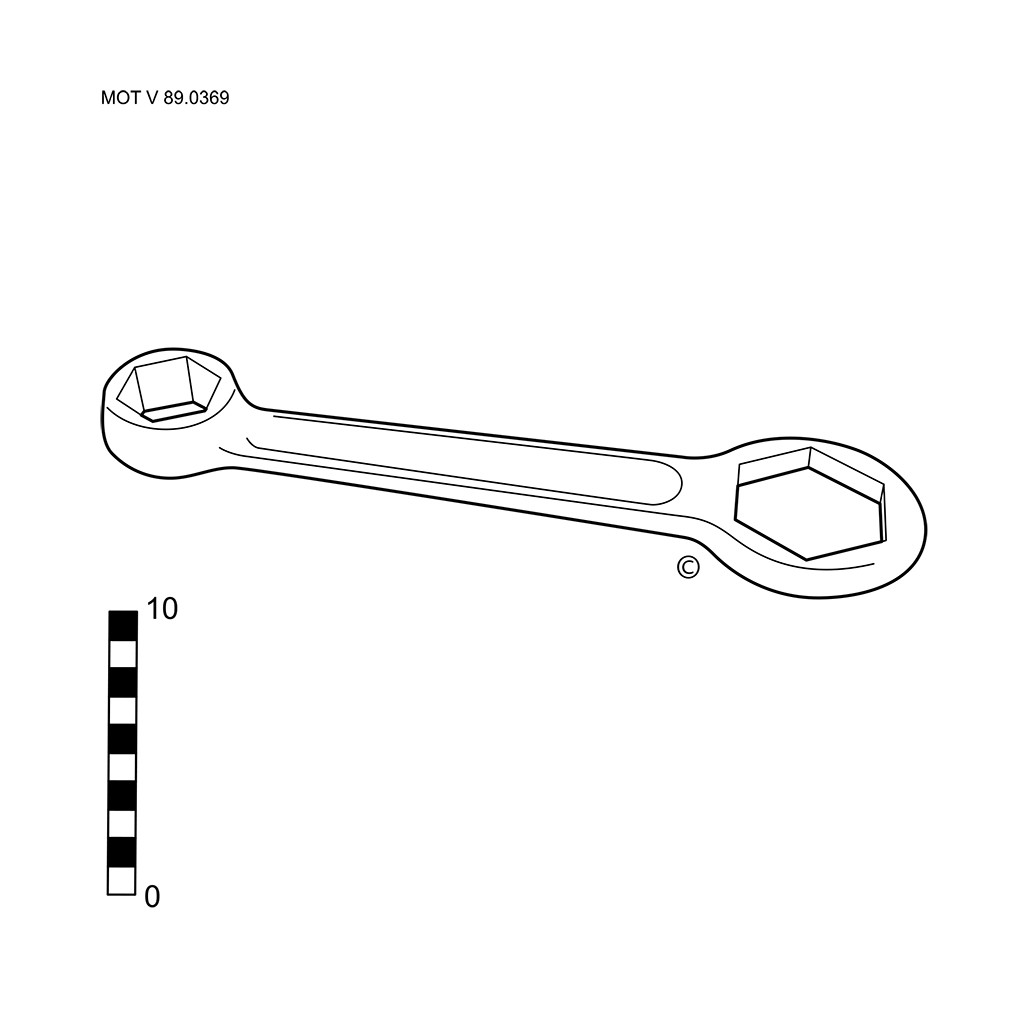
Ring spanner
This text can only be consulted in Dutch
<https://www.mot.be/resource/Tool/ring-spanner?lang=nl>

Rivet set
This text can only be consulted in Dutch
<https://www.mot.be/resource/Tool/rivet-set?lang=nl>
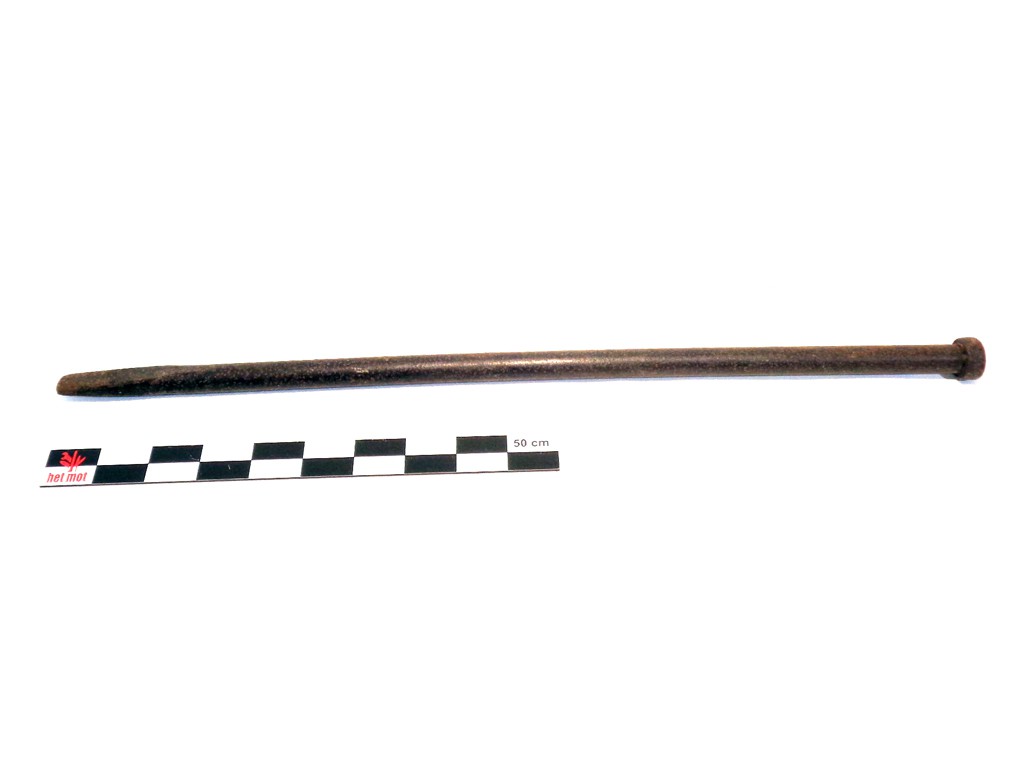
Ripping chisel
This text can only be consulted in Dutch
<https://www.mot.be/resource/Tool/ripping-chisel?lang=nl>
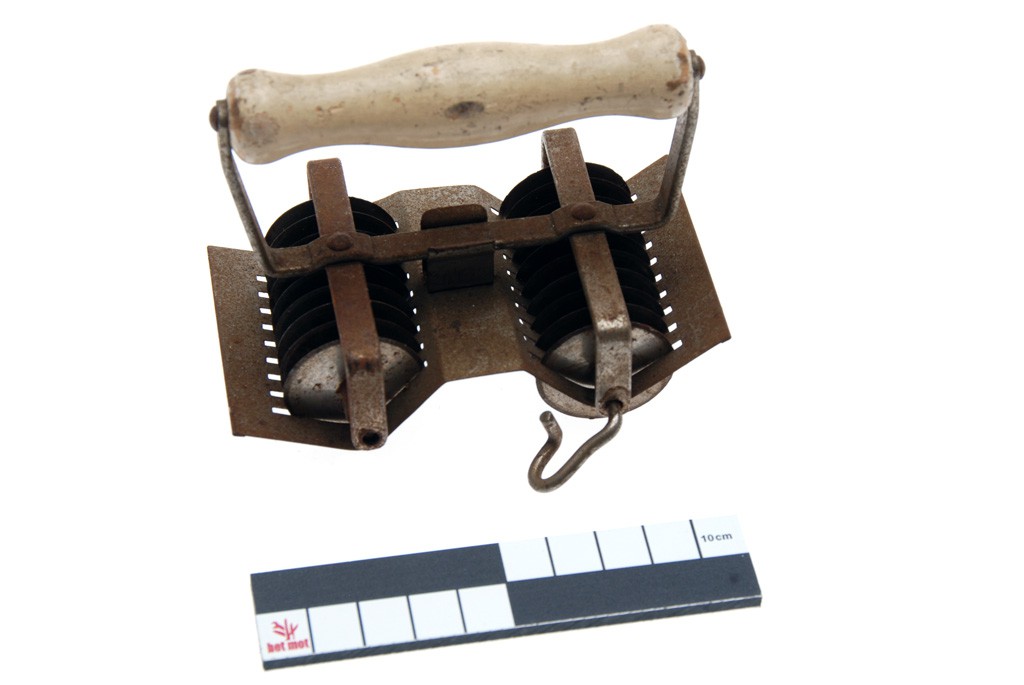
Roller-mincer
This text can only be consulted in Dutch
<https://www.mot.be/resource/Tool/roller-mincer?lang=nl>
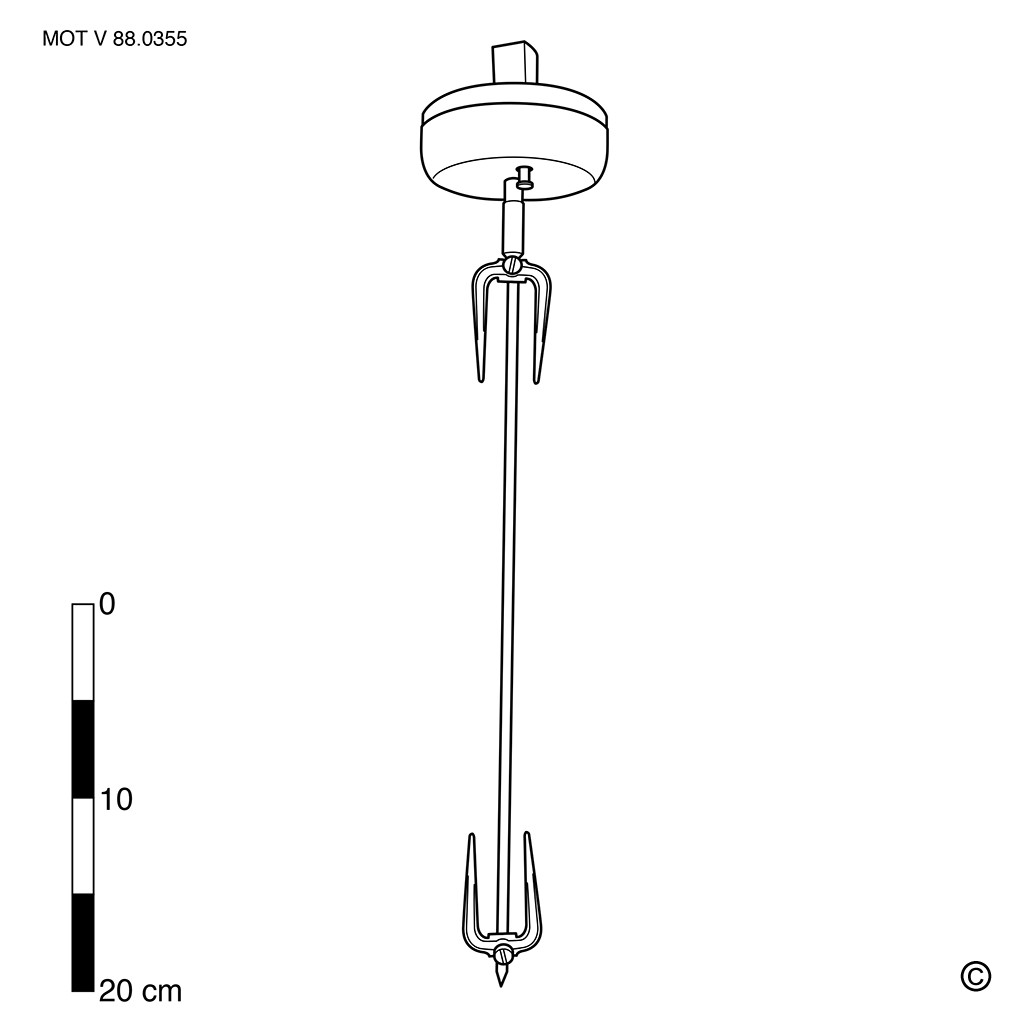
Roasting spit
This text can only be consulted in Dutch
<https://www.mot.be/resource/Tool/roasting-spit?lang=nl>
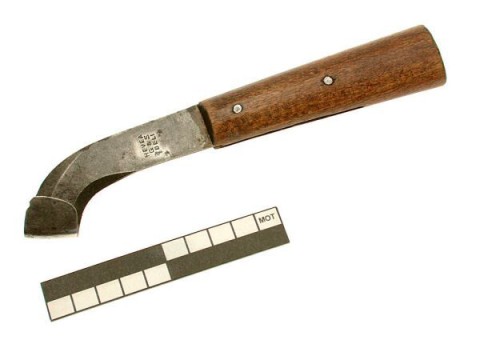
Rubber tapping knife
Rubber is extracted from the milk sap (latex) of the heveas. Extraction is
done by tapping the living tree with the tapping knife. The latex is cut
transversely. Therefore, the tap cut is made at an angle of approximately
30 ° to the horizontal plane, causing the latex to run off the cut. A metal
gutter is attached under the cut, through which the latex ends up in the
receptacle (1). The tap knife has a metal curved blade with a U-shaped
curved lip at the end and a straight wooden handle of approx. 10 cm. When
tapping, a strip of bark of about 1.5 cm thickness is cut away with this
sharp lip. The tap knife resembles the timber scribe with which a tree to
be felled is marked and the clog maker's timber scribe with which the
clogmaker applies decorations to clogs. [MOT] (1) See eg VAN DEN ABEELE &
VANDENPUT: 374.
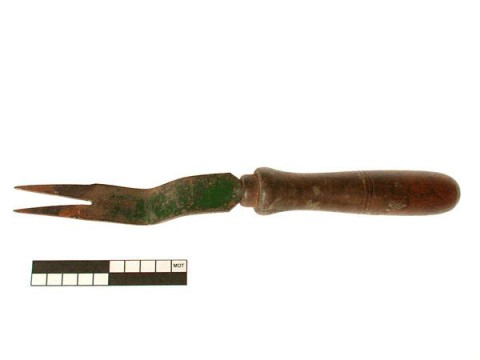
Root extractor
This text can only be consulted in Dutch
<https://www.mot.be/resource/Tool/root-extractor?lang=nl>
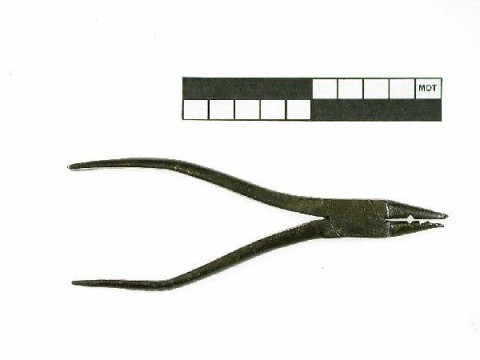
Ring eye pliers
This text can only be consulted in Dutch
<https://www.mot.be/resource/Tool/ring-eye-pliers?lang=nl>
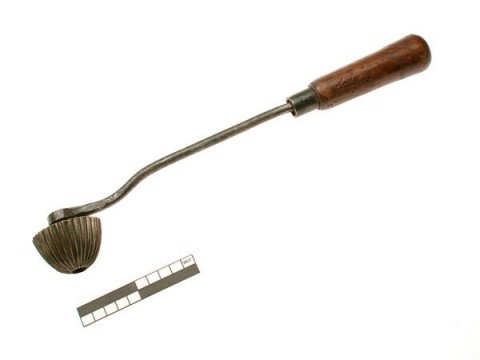
Rosette iron
This text can only be consulted in Dutch
<https://www.mot.be/resource/Tool/rosette-iron?lang=nl>
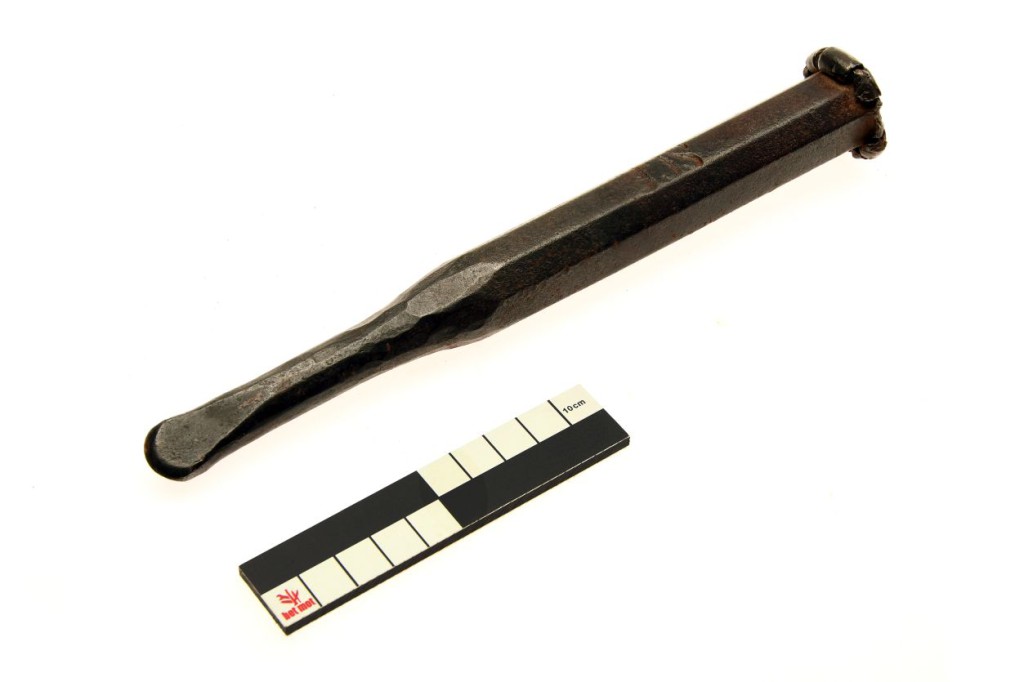
Rounded chisel
Metal chisel with a rounded cutting edge. Models with a wooden handle are
more suitable for soft stones such as marl. Used by sculptors to carve out
round features, such as the hairs or the eyes on a portrait. The stonemason
uses it to cut curved elements and the groove on a window sill which
prevents rainwater from running down the wall. [MOT]








